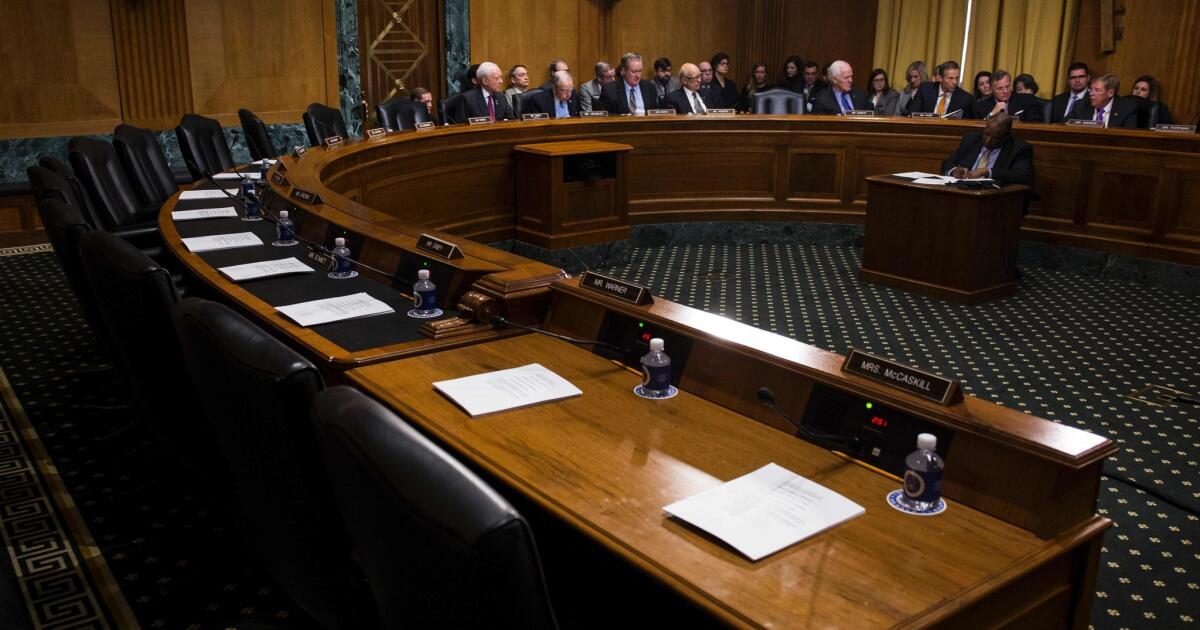Shakira Khan opened up about her experience on Love Island during a chat on Paul C. Brunson’s We Need To Talk podcast. She spoke about feeling like an outcast and the divide in the villa.
Love Island star, Shakira Khan, 22 has opened up about what life inside the Love Island villa was really like, claiming the show’s “outcasts” all had one thing in common.
Shakira took to Paul C. Brunson’s We Need To Talk podcast to delve into how she and other women of colour were pushed to the margins in the villa saying a troubling “outcast” pattern quickly emerged.
She revealed that she, along with fellow Islanders Toni Laites and Yasmine Pettet called themselves “the outcasts” after feeling pushed out by the main group but soon noticed it wasn’t just them.
“People couldn’t sit there and say there was no divide, there was a divide and that’s okay,” she explained. “As much as people want to sh*t on that, that was my lived experience and my friends will say the same.”
READ MORE: Love Island’s Yasmin, Shakira and Toni are redefining what post-villa success looks likeREAD MORE: Love Island’s Shakira Khan makes brutal dig at co-stars weeks after leaving villa
“Me, Toni and Yas call ourselves the outcasts but you could collectively add Billykiss to that, Malisha, Andrada, Emma and there’s a pattern here which I don’t think anyone wants to talk about,” she said. “Women of colour.”
It was clear during the season there was a divide in the show, many viewers took to social media to share their opinions and what side of the fence they were sitting on. Shakira said viewers weren’t wrong to sense a divide on the show, but insisted it ran far deeper than what made it to air.
The divide started on one of the very first days, when Shakira found herself single in the villa, therefore putting her at risk of being sent home. After she pulled islanders for chat’s with each conversation being reciprocated which led to girls began to talk and the quickly there was a shift – the divide began.
According to Shakira, anyone seen as a “threat” to the main group was quickly isolated. “We banded together, the outcasts,” she said.
She drew a direct link between her villa experience and wider society, saying it reminded her of segregation growing up. “It boils down to childhood, people were banned from the community, even in my hometown,” she said.
“We talk about the segregation of white communities, Asian communities people find community in their own and people they have shared experiences with.”
Shakira revealed that these moments in the villa soon had an impact on her. “If you get told 100 times a day ‘you’re wrong, you’re irrelevant’, that’s what you start to internalise. You believe that’s the opinion on the outside because you’ve got nothing else to go off,” she said.
Luckily there has been a change for Shakira and her fellow Islanders, Toni and Yasmin. In just a small amount of time they’ve redefined what post-villa success looks like
For more stories like this subscribe to our weekly newsletter, The Weekly Gulp, for a curated roundup of trending stories, poignant interviews, and viral lifestyle picks from The Mirror’s Audience U35 team delivered straight to your inbox.
Who is Shakira Khan?
Shakira Khan, 23, from Burnley is an former contestant from season 12 of Love Island She was one of the main villa girls, starting from day one. Throughout the season, we watched Shakira face many challenges from a chaotic love triangle to villa rivalries, however she made it all the way to the Love Island final despite feeling her being mixed heritage, Pakistan and White may hinder her experience.
“I went to a predominantly white high school, I was not the beauty standard, so I was thinking, ‘What have I signed up for?’ she told I-D Magazine. “Everyone’s gonna love the blonde hair, blue-eyed girls, we see year in year out on Love Island. I thought, based on initial attraction, it wasn’t going to go well for me, but I was pleasantly surprised.”
Where can I listen to the We Need To Talk with Paul C. Brunson podcast?
The podcast can be watched on multiple platforms, including Spotify, Apple Podcasts, Amazon Music and the We Need To Talk Youtube channel here.
Did Shakira win Love Island?
No, Shakira did not win Love Island 2025, however she came second place with her partner Harry Cooksley. Toni Laites and Cash Mercer won the show and the £50K prize.
Are Shakira Khan and Harry Cooksley still together?
Yes the pair are still dating and going strong since the Villa, Shakira explained on the podcast he treats her well. “He’s witty, he’s charming, he’s intelligent – all those things that I said I look for in a partner.”
“We’re dating each other, can’t put a label on it.” she said, “I’m not dating anyone else, he’s not dating anyone else so you can say we’re exclusively dating each other.” she added
Help us improve our content by completing the survey below. We’d love to hear from you!




